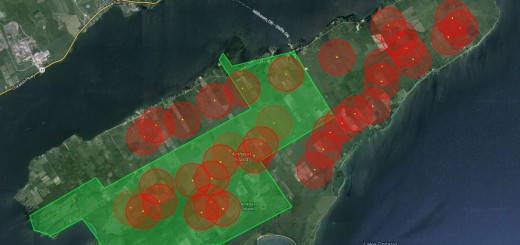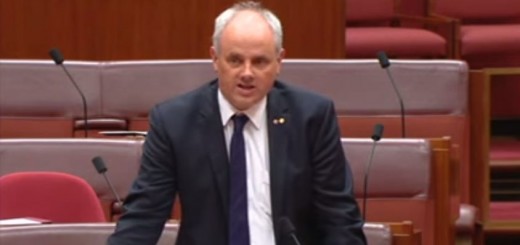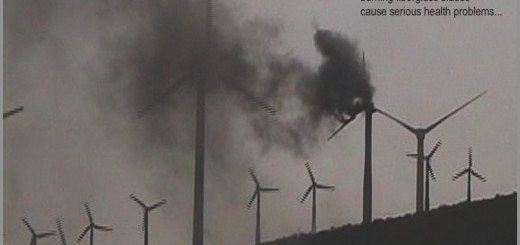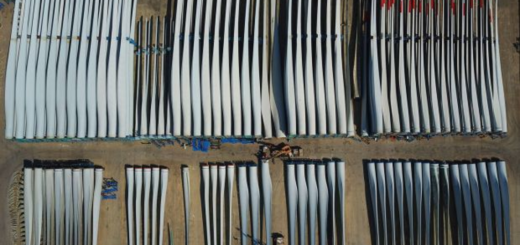Ontario anti wind groups protest JR decision, which upends Minister Yurek’s revocation of permit for Nations Rise
TIME TO MAKE THINGS RIGHT
ON ALL ASPECTS OF THE FRAUDULENT, INCOMPETENT ERT (ENVIRONMENTAL REVIEW TRIBUNAL) SYSTEM IN ONTARIO, and any attendant Judiciaries and review systems supporting wind development

Media Release May 14, 2020
RE Nation Rise 29 turbine project, North Stormont Township south of Ottawa.
Nation Rise wind development (EDP) was halted in its tracks on December 4th, 2019, with six turbines already erected. This was by Ministerial Order, Minister Jeff Yurek, revoking the permit, on the basis of irreparable harm to bat colonies and the lack of need for energy from this project. Harmful and unnecessary; sounds “straightforward, wouldn’t you say”?
The decision to cancel the project was challenged by the Developer, who argued that the Minister did not have the authority to introduce, purportedly, new evidence (bat maternity colonies) that was not covered at the ERT (Environmental Review Tribunal) level. Many having watched the Judicial Review (JR), expressed surprise and dismay that the Minister’s decision was upended. The lawyers for the Minister and the lawyer for CCofNS (Concerned Citizens of North Stormont), Eric Gillespie, argued very aptly and cogently that the Minister does have every right to uphold his mandate, to protect Ontario’s vulnerable and endangered species, to order a review of the previous decisions made in the final moments of the previous caretaker government and to further protect the economy.
To have this Ministerial decision overturned displays a completely broken system, says Sherri Lange, CEO of the North American Platform Against Wind Power. “Having watched many ERTs’ processes, decisions, 95% or more of which were in favor of developers, put the onus of burden of proof on the citizens rather than on developers to prove safety. This “cherry on the turbine decision pie” at North Stormont, is going to unsettle already aggrieved groups in the province as well as the general public.
Lange says, “I have watched the ERT for Amherst Island, for Chatham Kent, for North Stormont, and many others, only to become increasingly aware of the fraudulent, expensive, and unnatural methods of foisting wind developments onto unwilling communities by the previous liberal government under the Green Energy Act. I have watched in dismay as Justices at times would ask secondary probing questions of witnesses in a manner which only served to turn the evidence or prejudice it on behalf of the developer. This process and decisions are not an anomaly: they are the feature, the norm. Ontario should immediately regard the ERT as a donkey court, and completely inconsistent with protective measures for the Environment and Health.
The evidence has been accruing now, over hundreds of projects, with the same horrors of bat, bird, and wildlife kills, water contamination, and people forced to reside in toxic electrically polluted homes. None of this is remotely acceptable.” The ERT rules were blatantly designed by the McGuinty/Wynne governments to pave the wind development process, and thwart the best interests of rural citizens.
Lange and others propose to the Premier, that an immediate review of the entire faulty process of the ERT with respect to wind and solar development should take place, and that the exemplar now of yet another failure to protect, be used to litmus test all previous ERT decisions. These former decisions, leaving Ontario in turbine hell and decay, a wrecking ball for the economy as well, should also be revoked immediately.
As time is of the essence we ask that the Minister expedite all measures within his authority as Minister of the Environment to protect the Species at Risk (bats), that he himself has confirmed to be resident within maternity colonies in North Stormont, before they are further harmed or possibly driven to extinction by Nation Rise.
From Eric Gillespie in his media release:
“The Divisional Court has ruled the Minister has no authority to add issues not identified by private residents.
“This appears to leave the entire Province highly vulnerable. The Minister and Ministry of Environment with all of their resources can’t protect our natural resources and species at risk. The only protection against these kinds of mistakes by the ERT is now in the hands of private citizens. We will very respectfully be asking the Court of Appeal to reconsider what seems to be a tremendous step backwards for environmental protection in Ontario”, said Margaret Benke of the appellant Concerned Citizens of North Stormont (“CCofNS”).
Anti-wind groups including Industrial Wind Action Canada, long having observed and exposed the harm of turbines, agree that Communities are left in a vulnerable position. This decision shows again that common sense and even legal principles, outlined at the recent JR, are not in place to protect and restore our province to natural and economic health.
The province needs to reconvene Parliament immediately to create the legislation to overturn this JR decision. White Pines was revoked similarly, following vast disapproval for a costly, unneeded and certainly environmentally disastrous project.
MPP Todd Smith said the White Pines project “should never have been allowed to proceed in the first place”. It was one of several energy projects cancelled by the PC government that Ontario “did not need,” that were “at a cost we cannot afford.”
“For a Judiciary to overturn this particularly important decision made by a Minister on behalf of endangered bats, their maternity colonies, and the environment, is unconscionable. It puts the welfare of fragile bat populations, which are attracted to turbines, on the world map of environmental destruction”, said Ruby Mekker and her colleague Rainer Pethke.
It shows complete disrespect for the fiduciary duty of the Ministry of the Environment. If the Minister of the Environment cannot enforce protections, the general feebleness of our entire system of government is openly mocked by developers and abettors. The reversal of the JR decision needs to occur quickly.
Adds Lange: “The Premier has made his knowledge concerning the wastefulness and harm of industrial wind well known. We count on his intervention to right this wrong.”
Contacts:
Sherri Lange
CEO North American Platform Against Wind Power
Co-Founding Member Great Lakes Wind Truth
VP Canada, Save the Eagles International
Founding Member Ontario Wind Action
NOTES:
- Bats are attracted to turbines as nesting, roosting, and feeding stations.
- Bats consume each upwards of 1000 insects per HOUR, thus being one of Nature’s perfect insect control methods, without costly and dangerous chemicals.
- Bats usually have one pup per year. Changes of temperature, even minute, when they are in resting colonies, are fatal.
- Bats are largely responsible for rainforest propagation and habitat.
- Removal of nests, or habitat, and the loss of even ONE female, can potentially disrupt and destroy an entire colony.
- It is more and more recognized that bats are dangerously imperiled by industrial wind, and that entire species are at risk.
- Bats’ lungs explode near the tips of the turbine blades, as the increased pressure gradient changes/air pressure, explodes paper thin lungs.
- It is increasingly known that the number one harm to bats worldwide, is industrial wind. Paul Cryan, US Geological Survey: “Bats are long-lived and very slow reproducers,” he says. “Their populations rely on very high adult survival rates. That means their populations recover from big losses very slowly.” He questions whether bats can handle such damage year after year.
- Wind turbines can kill bats in two ways: Blunt force and what’s called barotrauma. A tiny bat stands no chance against a turbine blade two train cars long, whirling at 150 MPH. Even if the bat isn’t struck, spinning turbines create changes in air pressure as they move, which can essentially cause the animals’ lungs to explode. But barotrauma may be less deadly than some biologists think, according to an analysis by the National Renewable Energy Laboratory.
FURTHERMORE
False statements are consistently made by developers’ “experts,” such as well known ornithologist turned developer’s dream, Dr Paul Kerlinger, or Dr Scott Reynolds, who say to Tribunals and other decision making bodies, that the “habitat is not suitable for bats,” or there are no known colonies, or that there will be no harm. One such statement was issued in the Clearview Collingwood case, with at one point the “expert” (Reynolds) never having been to the project site. It is unclear how much money these experts make. However, counter experts repudiated this facile and inaccurate testimony, vigorously. Ecologist Sarah Mainguy: “With all these uncertainties, the long-term attrition of the population is likely.”
- In Ontario, losses reported of bats reported voluntarily by developers, is well in excess of allowed. Comment from Esther Wrightman: “ Here’s another thought. How is a wind developer, or anyone for that matter, permitted to disrupt an Endangered Species habitat like this? What exactly is the purpose of the supposed protection of the Act if wind developers are allowed to kill, harm, harass and maim them as much as they want?! Aren’t developers usually penalized for this kind of deliberate destruction?”











